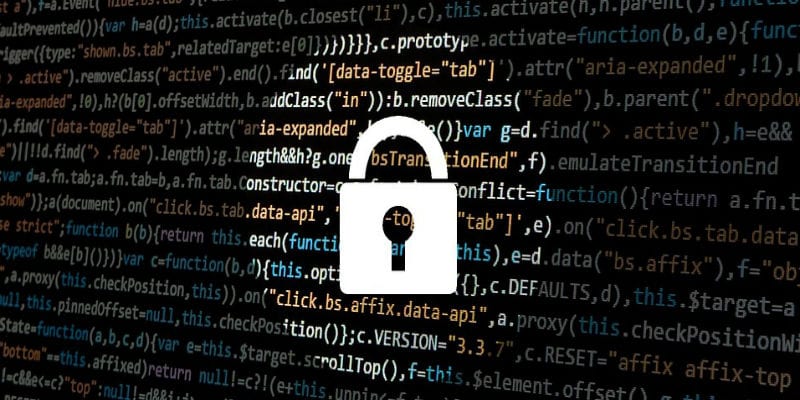The Least Obtrusive Authentication Factors for Businesses


What are the least obtrusive authentication factors businesses could deploy?
Multifactor authentication suffers from a rather strange perception issue; enterprise IT decision-makers choose to insist on sticking with outdated single-factor authentication (usually in the form of passwords) because they worry about interfering with the login process.
After all, goes the reasoning, users know passwords. They understand how they work, and while it takes a few moments to input a password, they can be relied upon to use it properly. It’s the tried-and-true authentication factor.
Unfortunately, this reasoning doesn’t truly assess the dangers implicit in passwords and in single-factor authentication in general. Passwords can easily be cracked, guessed, or stolen – even social media accounts can provide the necessary information for hackers – and that doesn’t even get into possible Dark Web purchase options. But even if your business does switch to a biometric authentication model (which is objectively stronger), that still leaves your business vulnerable.
A single-factor authentication system, regardless of what factor it uses, still only leaves a single layer of security between hackers and their targets. Only multifactor authentication can add those necessary extra layers of security. However, enterprises believe that more factors mean more weight on the initial login stage and thus slower workflows
So how can enterprises balance more authentication factors with easier login processes? Simple: by using the least obtrusive authentication factors.
The Least Obtrusive Authentication Factors for Businesses
1. Geofencing
Geofencing checks whether the user logging into the IT environment is in the location expected of them. That means an employee based in Atlanta, GA should log in from Atlanta, GA or from some location nearby. If then a hacker attempts to log in from Azerbaijan, your system will recognize the violation in the baseline and prevent the login.
The best part is that geofencing operates automatically; no need for employees to worry unless they might be on a work trip.
2. Time of Access Monitoring
Generally, even during the pandemic and the advent of mass work-from-home, most employees keep the same hours as they did when they came physically to the office. Moreover, while some workplaces may have extended their hours as a result of their employees’ new availability, most places close at around the same time as they once did.
So you can thus expect employees to log into your network at approximately the same time they would normally everyday. This could be 9 to 5 or 8 to 4 or some other set period.
So if an “employee” tries to log in at 2:13 in the morning, your system can immediately detect the discrepancy and alert your IT security team. Again, this operates under the surface of your login process; most employees won’t notice this happening at all.
3. Behavioral Biometrics
One of the least obtrusive authentication factors involves monitoring not what is inputted but how the user inputs. Hackers can copy many aspects of multifactor authentication, and fabricate what they can’t bypass. Yet hackers can’t perfectly replicate the behaviors of your users and their accounts. Just by typing they can, and often do, give themselves away.
Behavioral biometrics monitors at the login stage and beyond, providing a layer of continuous authentication. It established baseline behaviors for what your users do as part of their workflows and how they type. If and when a hacker compromises an account, their activities trigger an alert and prompt investigation.
4. Device Monitoring
Finally, one of the least obtrusive authentication factors involves which devices users log in with during their workday. Every device has its own signature which modern multifactor authentication can monitor and verify. If a hacker uses their own device to attempt a credentials breach, the fact that they use unrecognized devices should tip them off to IT security teams.
To learn more, you can visit the Identity Management Buyer’s Guide or our Solutions Suggestion Engine.























